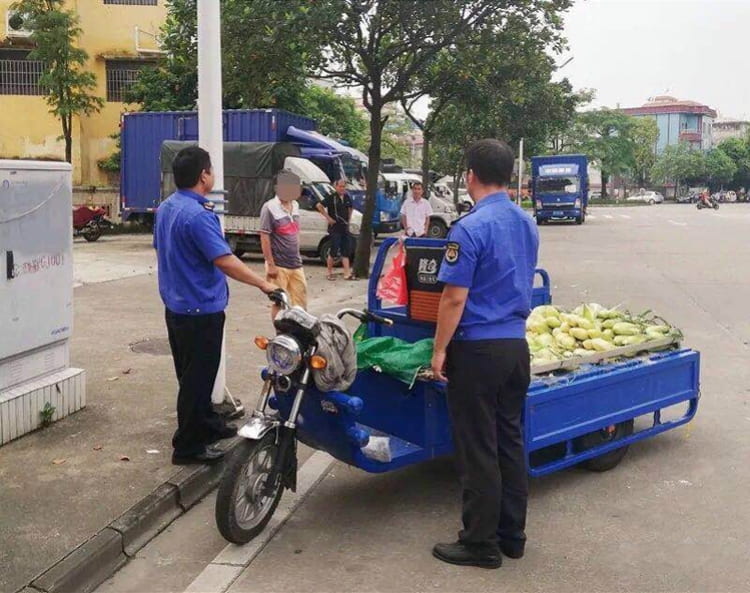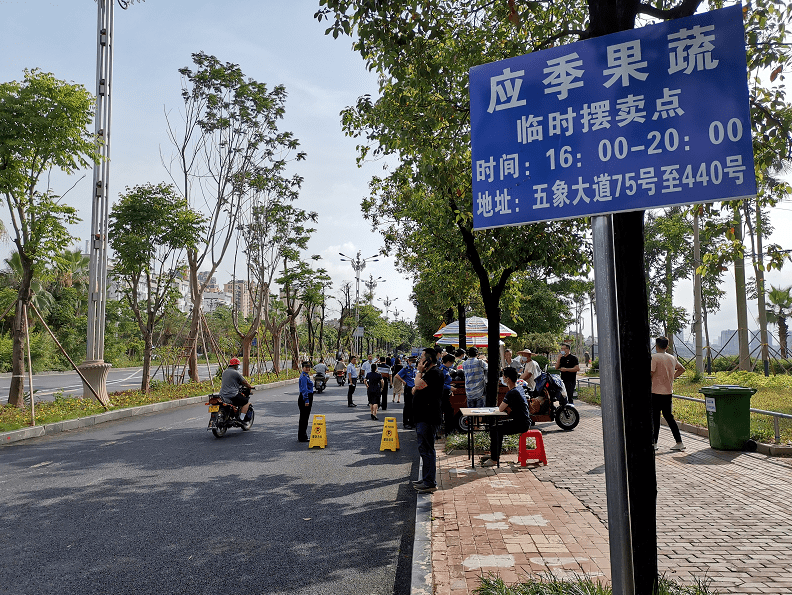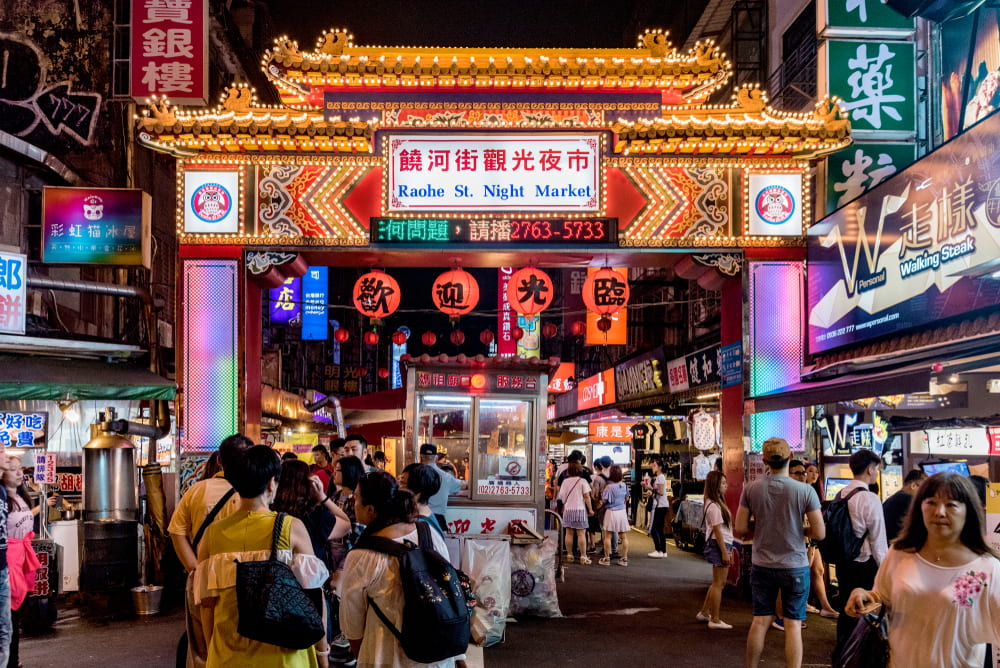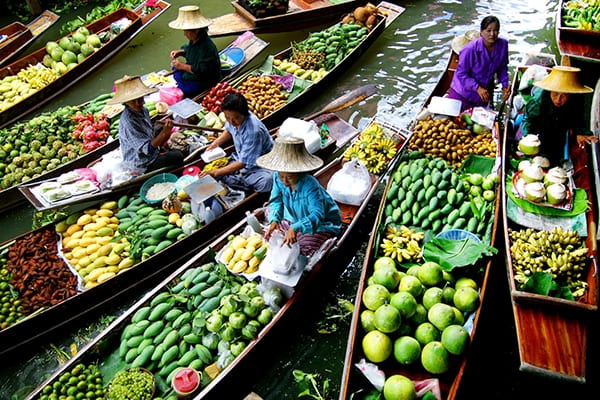Three months after the outbreak of pandemic in China, the phase “stall economy” suddenly became prevalent among media and local governments. It was explained as a temporary appeal to revitalize the domestic economy hit by the chaos in the past months. As Ray claims, street vending requires small capital and less skills, which effectively supports people who lose their jobs in the recession or who intend to increase some income outside formal employment. China’s street vending has been gradually prohibited in the local city governing projects in recent years. It is true that roadside booths have caused clogging of the pavements and the streets and some sanitation issues, which seemingly suggests the clearance of peddlers as a sign of development in city-building. However, as street vendors were roughly driven out of urban public spaces by local regulations that refuse to consider different situations (yidaoqie zhengce), many of them no longer appeared and their unemployment and tough livelihood became invisible, less-concerned to the public. It may also have resulted in more theft, robbery, and extreme crimes. That echoes Ray’s idea that the ban of street vending damages social equality and participatory democracy.

Chengguans are driving the street vendor out
Previously, our prime minister Li Keqiang declared that in a city of Western China, 36,000 transient stalls were set up according to the local regulations and more than 100,000 people were employed within a day. Yet since the revival of stall economy extended so fast that the fixed problems of roadside booths emerged again, many local governments had to roughly pause it. It indicates that there is no mature, sustainable management model of street vending in China yet.
Apart from the state restrictions, Chinese hawkers are faced with new challenges in this rejuvenation. First is the threat posed by fast-developing e-commerce and mobile food delivery apps. People once purchased at peddlers because goods there were accessible and cheap, but nowadays they have lost their advantages with the rise of e-commerce platforms, where sellers could provide products with lower prices and the return and exchange of items are easy. Remarkably, Pinduoduo, an e-commerce platform that encourages customers to refer friends and buy products collectively (pintuan), is increasingly popular among students and lower-income employers, who are much inclined to shop at the vendors in the past. Plus, discounts, coupons, refer and earn, and other gamification motivate users to spend more and make them more loyal to the apps. Second, as food security laws and urban residents’ awareness of food security were developed, eating on the street has been in decline and people are less likely to consume food of unknown origin or food cooked in the dusty streets, which make food vendors more difficult to survive.
When Ray rethinks markets as a social infrastructure rather than as a mere sites of capital accumulation, I also agree that hawkers and street stalls should be allowed in Chinese cities, even in metropolis, but it needs meticulous regulations and transformation on the functions of street vending. From my perspective, it is essential to establish a legal system that identifies what departments should be responsible for the vending management and what time, space, and scopes of business of vending are permitted. Nowadays, peddlers clustering at large-scale wet markets and night markets have been asked to register, yet many other vendors circumvent the registration and avoid tax paying. Also, much municipal authority does not adopt effective measures to constantly manage the hawkers. In this case, I think digital social credit system that allows customers to both grade the stalls and expose the unregistered vendors should be introduced.

a temporary market site for the fruit peddlers
In addition, I believe it is significant to transform the functions of street vending from exclusive daily transaction to cultural, tourist experience. Look at the floating markets in Bangkok and night markets in Taiwan. These markets have become unique cultural symbols of the cities and are often nominated as “must-see” destinations on social media. They are “visually attractive” and the food sold there is empowered “an object of gustatory and aesthetic interest”. I see vendors who sell handicrafts and freshly-cooked food are more likely to survive in this kind of markets, for the making of those products has fascinating exhibition value and could easily let customers distinguish one stall from another and potentially help build their brand. Though it requires vendors to learn some skills, once get the hang of it, they could probably set the price higher and earn a sustainable income.

a night market in Taiwan

a floating market in Bangkok
Leave a Reply